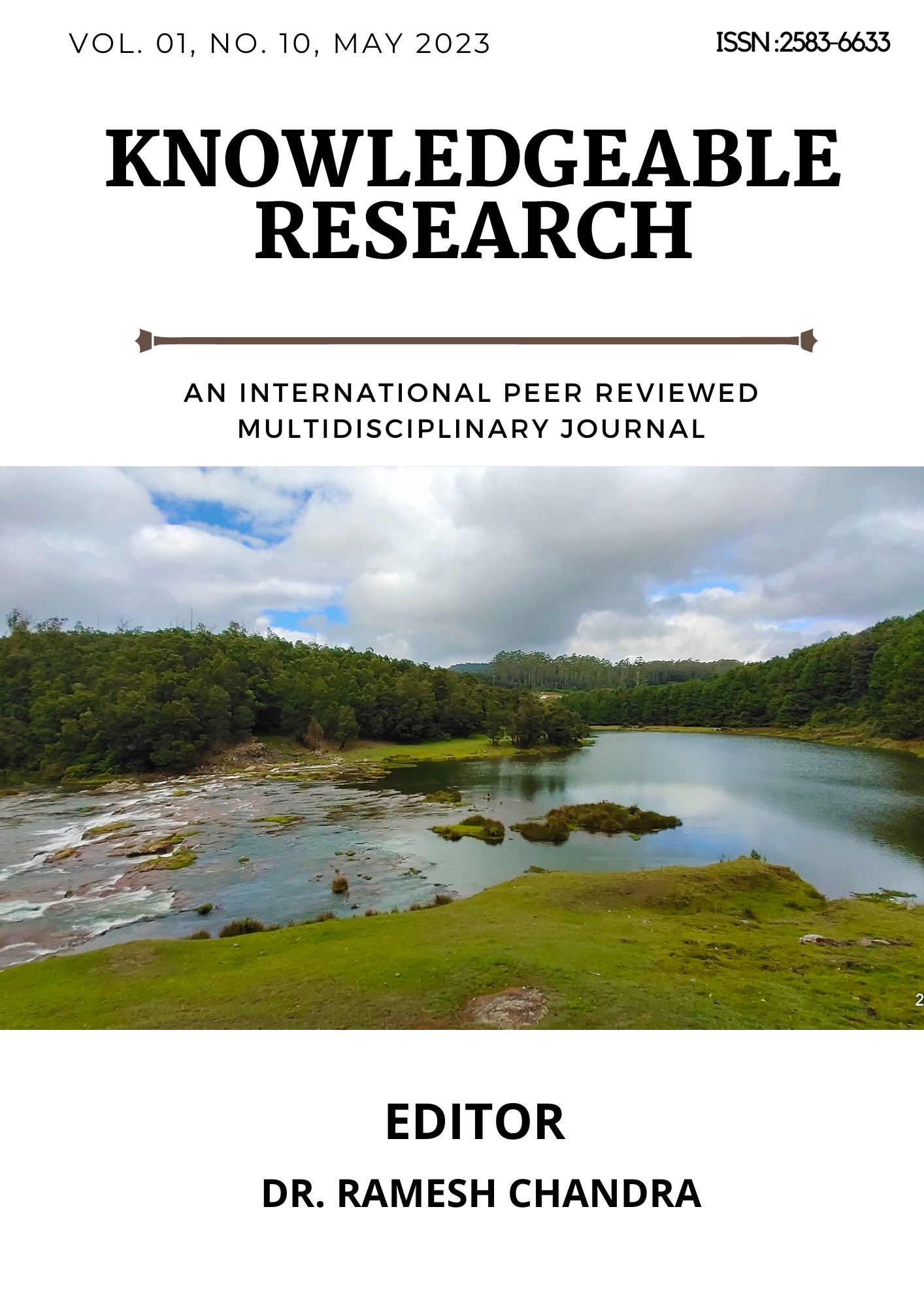Historical Perspective of the Eighteenth Century: In the Context of India
Main Article Content
Abstract
The relevance of the eighteenth century in Indian history is marked by two important events – the decline of the Mughal Empire and the expansion of the British Empire in India. These two events changed the socio-economic and political structure of India. Different historians have studied the two phases of the century and discussed different topics. Most studies on eighteenth-century India focus on the decline and decline that was allegedly pervading various spheres of life—social, political, religious or cultural. The idea that eighteenth century India was a 'dark age' has been highlighted by the writings of several European historians such as Henry Beveridge James Mill and John Marshman. William Irwin and Jadunath Sarkar, who wrote the first detailed histories of this period, attributed the decline in the character of the emperors and their aristocracy to their wrong policies. According to Jadunath Sarkar, Aurangzeb's conservative religious policy of eradicating un-Islamic practices, destroying temples, imposing discriminatory taxes on Hindus and prolonged campaigns in the Deccan were responsible for the decline of the Mughal Empire. As the government examined the developments of the period in terms of law and order, they regarded Aurangzeb as an arch-criminal. He explains the decline of the Mughal Empire under the later Mughals as a result of the personal downfall of the kings and amirs and the inefficient functioning of the administration.
Downloads
Article Details
Section

This work is licensed under a Creative Commons Attribution-NonCommercial-NoDerivatives 4.0 International License.
How to Cite
References
Reference :
Kalam, Tabir, Religious Tradition and Culture in Eighteenth Century North India, Delhi, 2013, Vol.1
Irwin, William, Letter Mughals, Reprint, New Delhi, 1971. Jadunath Sarkar, The Decline of the Mughal Empire, 1. Calcutta, 1938. 3rd ed., Calcutta, 1964.
Alam, Muzaffar, The Crisis of the Mughal Empire in North India, Awadh and the Punjab 1707.1748 Delhi, 1986 Chchhav. 2.
Chandra A. Satish Parties and Politics at the Mughal Court 1707.1740 3rd ed. New Delhi 1979 Chchhav. -257.268.
Dutta, K.K. , A Survey of the Social Life and Economic Condition of India in the Eighteenth Century 1707.1813 2nd ed., New Delhi, 1978. -13.
Raghuvanshi, V.P.S., Indian Society in the Eighteenth Century, New Delhi, 1969. Vol. 245.
Ali, Athar, 'The Eighteenth Century - An Interpretation', in The Indian Historical Review, Vol. Number. 1.21978 chnhav. 1985.6.
Alam, Muzaffar. The Crisis of Empire, pp. 1.17. André Vink, Land and Sovereignty in Eighteenth-Century India under the Maratha Swarajya, unpublished PhD thesis, Leiden University, 1984.
Bailey, C. A. Rulers, Townsmen and Bazaars, North Indian Society in the Age of British Expansion, 1770–1870 Cambridge, 1983.
Washbrook, David A., 'South Asia, the World Order and World Capitalism', The Journal of Asian Studies, Vol. XLIX (3), 1990 Chnhav. 479.508
Leonard, Karen 'The Great Firm' Theory of the Decline of the Mughal Empire, in 'Comparative Studies in Society and History', Vol. 21 No. 2 April 1979 A Chnhav. 161.7
Gupta, 'The Mughal State 1526.1750', in Ashin Das Trade and Politics in Eighteenth-Century India, edited by Muzaffar Alam and Sanjay Subrahmanyam, New Delhi, 1998, A. Ch. 361. 397.
Forster, George A. Journey from Bengal to England through the Northern Parts of India, Kashmir, Afghanistan and Persia, London 1798. Chapter 218.
Chandra A. Satish, India in the Eighteenth Century- Its Economy and the Role of the Marathas, Sikhs and Afghans in Essays on Medieval Indian History, New Delhi, 2003, Ch.112.113.

